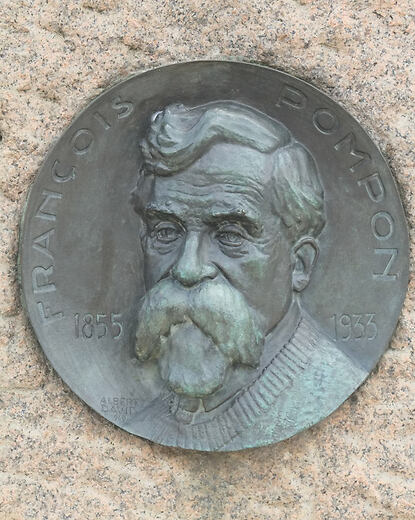Our famous reproduction has been decked out in a coat flecked with gold, a tribute to the animal sculptor's interest in the Japanese aesthetic that was very much in vogue in artistic circles at the time.
In an upcycling approach, the moulding workshop has chosen to take advantage of the wear and tear...
Read more
Our famous reproduction has been decked out in a coat flecked with gold, a tribute to the animal sculptor's interest in the Japanese aesthetic that was very much in vogue in artistic circles at the time.
In an upcycling approach, the moulding workshop has chosen to take advantage of the wear and tear suffered by certain reproductions during handling in the shop, to reveal a new aesthetic.
As in the art of Kintsugi, which consists of repairing an object while sublimating it, each panther presents a unique motif.
Close



